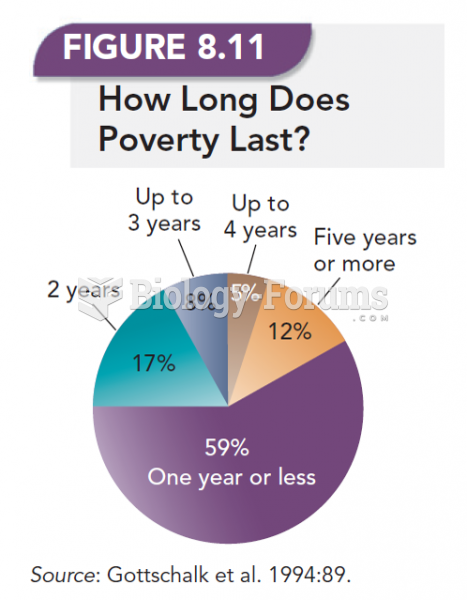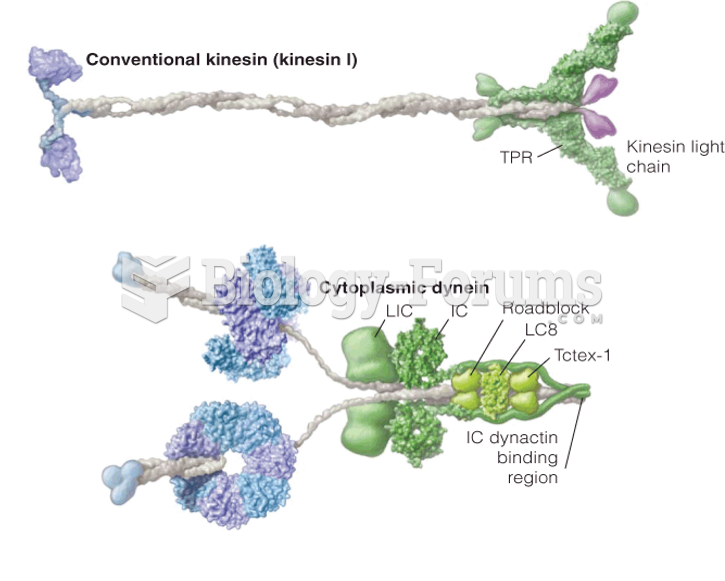Answer to Question 1
Some social analysts focus on the characteristics of individuals that they assume contribute to poverty. These include dropping out of school, having children at a younger age, averaging more children than women in the other social classes, and their desire for immediate gratification. Other social analysts focus on the social structure to explain why some people are poor. They stress that some features of society deny some people equal access to opportunities based on their ascribed statuses and changes in the labor market.
Answer to Question 2
Although there is no definitive profile of the poor that is universally applicable, the poor are overrepresented in several areas. The poor are unevenly distributed among the states, clustering in the South. There is also a higher rate of poverty among rural America than in the inner city. One of the strongest predictors of poverty is race and ethnicity with African Americans and Latinos being over represented (22 and 21 percent, respectively). Whites and Asians only account for 10 percent of the poor, but because the numerical majority of the population is white, there are more whites in poverty than any other racial or ethnic group. Those in poverty are likely to be poorly educated, lacking a high school diploma or GED. As one's educational achievement increases, their chance of being in poverty decreases. Statistics show that only 3 out of 100 people who finish college end up in poverty. Women who are heads of households have a much higher rate of poverty than two parent families and men who are heads of households. Although being old was once synonymous with poverty, this is no longer the case and the elderly are less likely to be poor compared to the general population.







